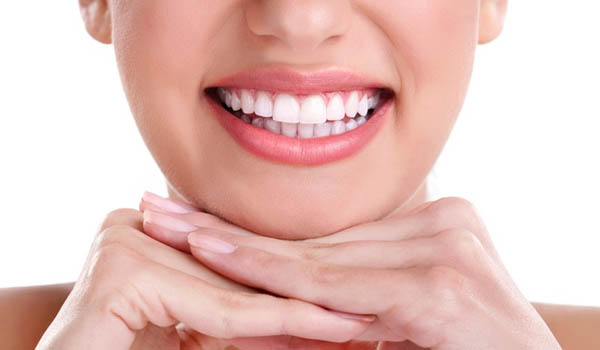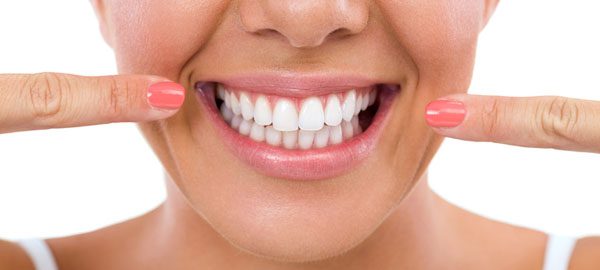What is teeth whitening in Pitampura?
The teeth whitening in Pitampura is a cosmetic dentistry treatment that aims at eliminating dental stains and make the teeth acquire a whiter and brighter hue. The current popularity of aesthetics has made this dental procedure one of the most requested in recent years.
It is of special importance that dentists are trained in the management of bleaching agents, following an adequate diagnosis protocol, planning of the procedure and maintenance of the results. It is therefore vital that the professional knows thoroughly both the indications and contraindications of the techniques of teeth whitening in Pitampura to communicate them to patients.
On the other hand, the population must conceive this treatment as a medical process that must be performed under the supervision of a dentist, and only performed in the dental clinic.
Causes of teeth darkening
Following inadequate oral hygiene and the consumption of certain products can cause alterations in dental staining. There are different types of dental stains that can be classified as intrinsic or endogenous stains and extrinsic or exogenous stains.
Among the intrinsic or endogenous stains are those that affect the teeth in its formative stage, before erupting into the oral cavity caused by the consumption of certain drugs such as tetracyclines, for enamel hypoplasia, deficiency vitamin or fluorosis. Also classified in this group are those spots that appear after the dental eruption, produced by blows, fractures or due to the passage of time due to aging of the dentition, which acquires a darker shade.
The extrinsic or exogenous stains are produced by the contact of teeth with pigmenting agents present in certain foods, beverages such as wine, tea and coffee, and other products, such as snuff. These stains can also occur after prolonged use of certain oral mouthwashes and toothpaste based on Chlorhexidine.
Types of the teeth whitening in Pitampura
The classification of the teeth whitening in Pitampura depends on the tooth to which the procedure is applied.

Whitening in vital teeth
This type of whitening can be of two different types:
Dental whitening performed in the dental consultation. It is carried out in the dental clinic in Pitampura through the application of a bleaching agent based on 35% hydrogen peroxide, which can be activated by a light source. It is necessary to previously perform adequate prophylaxis and check that the oral cavity is healthy. After this step, the area to be treated is isolated, so as to avoid contact of the bleaching agent with the periodontal tissues and subsequently, the bleaching agent is added. It is essential to follow the instructions of the manufacturer of the bleaching system so that the results are satisfactory.
It is a very effective method since a high concentration of the whitening component is handled under the control of a dentist.
Ambulatory whitening with the supervision of a dentist. In this type of whitening, the concentration of carbamide peroxide is 10%. This method is performed at the patient’s home, under the instructions of the dentist. As in the previous whitening, it is necessary to carry out prophylaxis and oral examination before the treatment. A custom splint is made for the patient in which the bleaching agent will be applied, in order to avoid any possible contact with the periodontal tissues.
Whitening in non-vital teeth
The reason for discoloration in non-vital teeth is usually due to the presence of blood or bacterial products inside the ducts (pulpal necrosis). This type of whitening is performed in the dental office and consists of the elimination of all the bleaching agents and necrotic tissue existing from the pulp chamber in endodontics teeth.

There are two methods to whiten non-vital teeth.
The immediate technique. It consists of activating the mixture of sodium perborate with 35% hydrogen peroxide through a hot instrument. The result obtained is observed instantly.
The outpatient technique. The mixture made with sodium perborate and 35% hydrogen peroxide is applied to the cavity of the pulp chamber and a temporary filling is placed on the surface. It is a longer process.
You can also perform a combination of both techniques.
Risks of teeth whitening
However, in addition to knowing what tooth whitening is, we must know that this treatment is not free of risks. Teeth whitening in Pitampura is a treatment that, in spite of generally obtaining satisfactory results, carries a series of risks. It is the obligation of the dentist in Delhi to inform about them so that they are considered before performing the teeth whitening.
Among the possible risks of tooth whitening are cervical resorption, gingival sensitivity, and post-operative tooth sensitivity.
To potentially reduce the adverse effects, it is necessary to comply with the necessary biological safety measures, using the appropriate concentrations according to each technique and following the appropriate exposure times.
Over-the-counter dental whitening
According to current legislation, bleaching products with a concentration of carbamide peroxide higher than 0.3% or with more than 0.1% hydrogen peroxide, can only be distributed by dentist in Pitampura. Performing teeth whitening without medical supervision carries serious health risks.
As for products with concentrations lower than 0.1% hydrogen peroxide, these are safe for health, so its free distribution does not present risks, although its effectiveness is practically nil.


